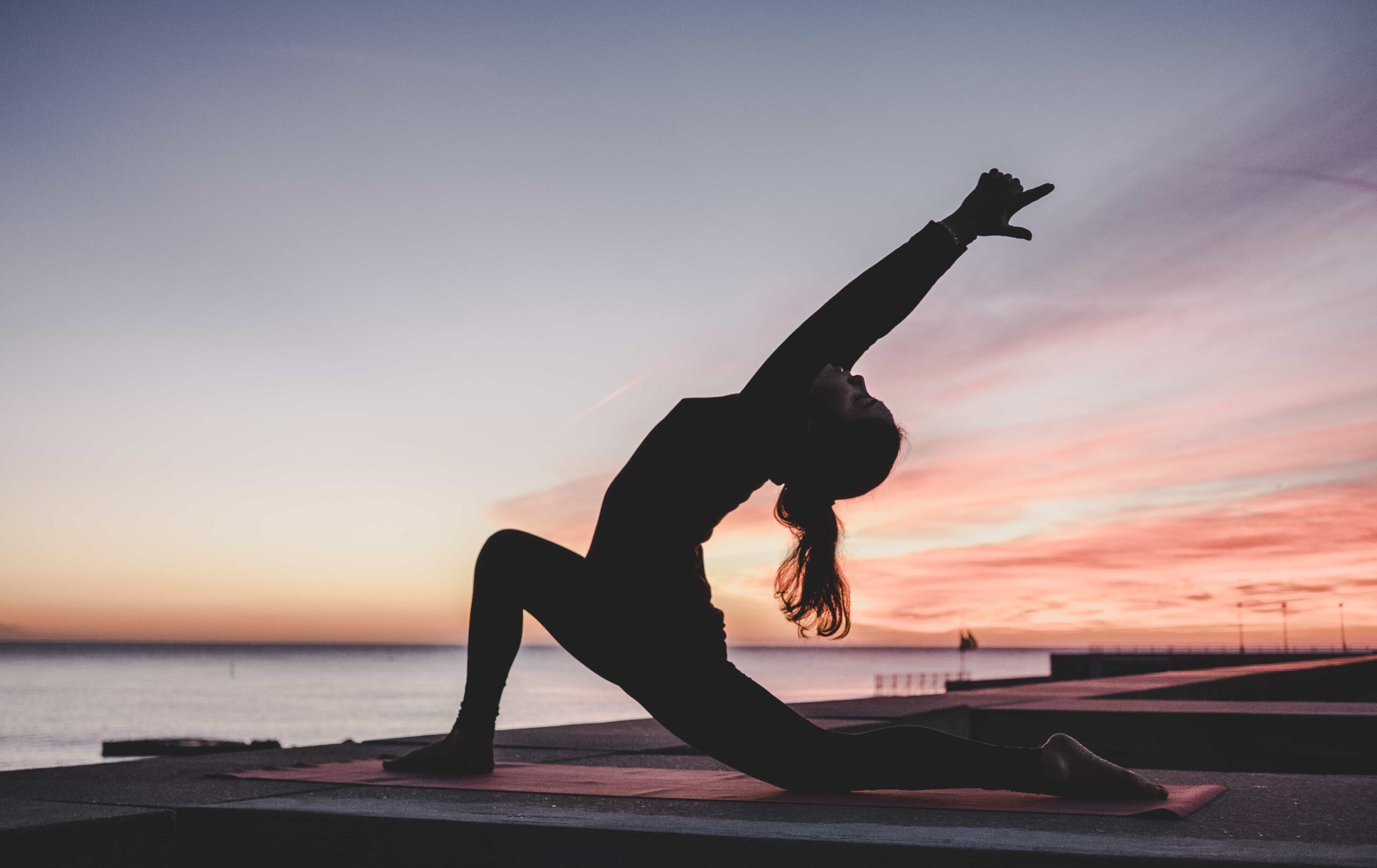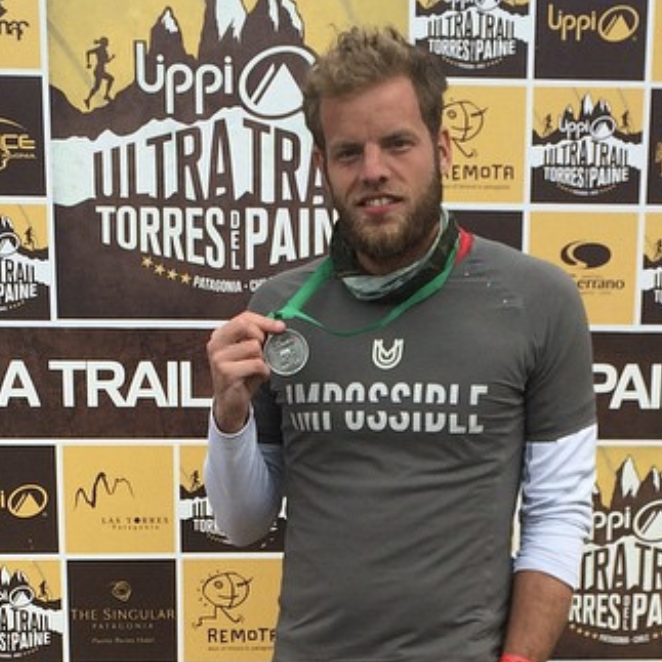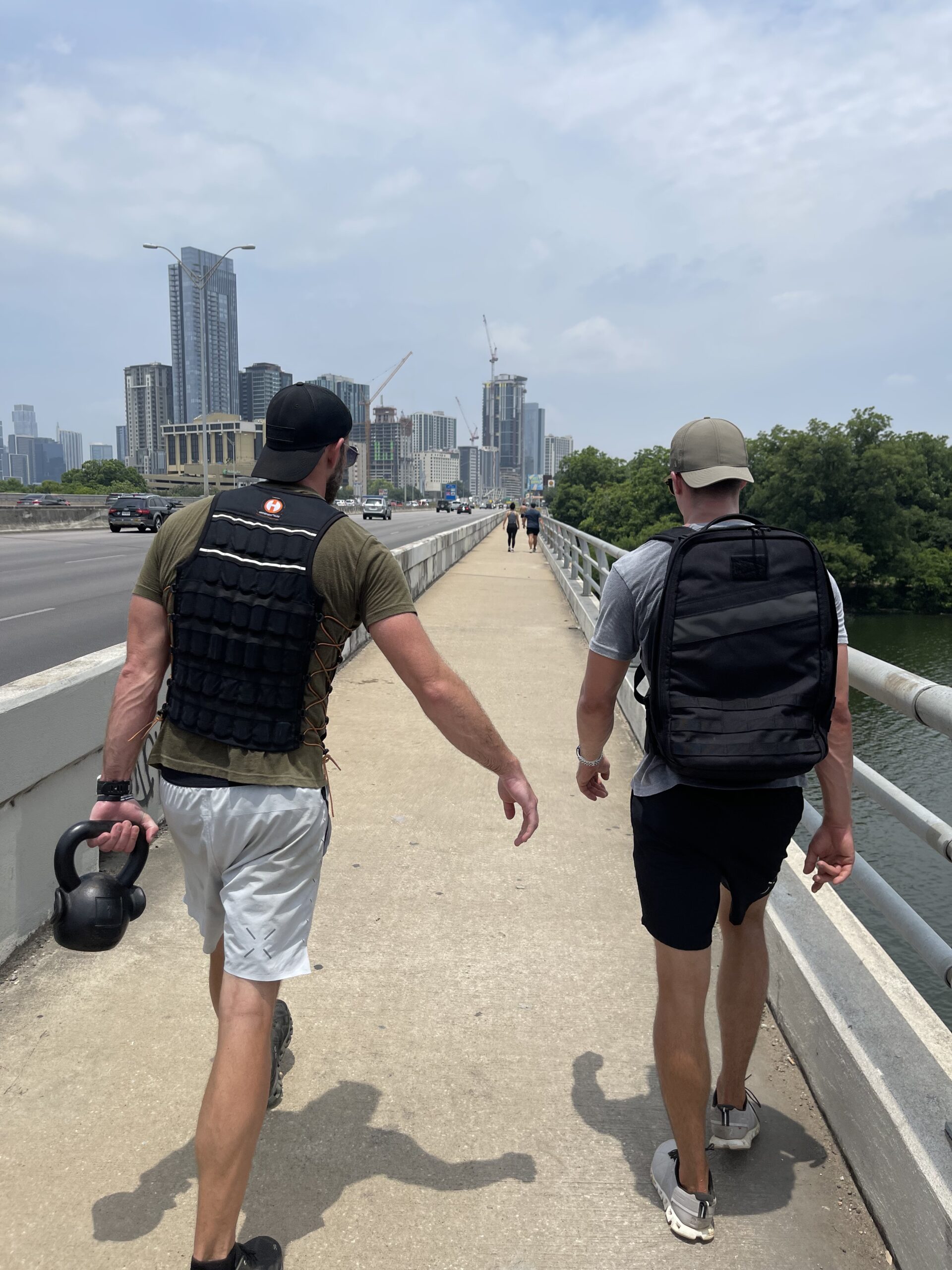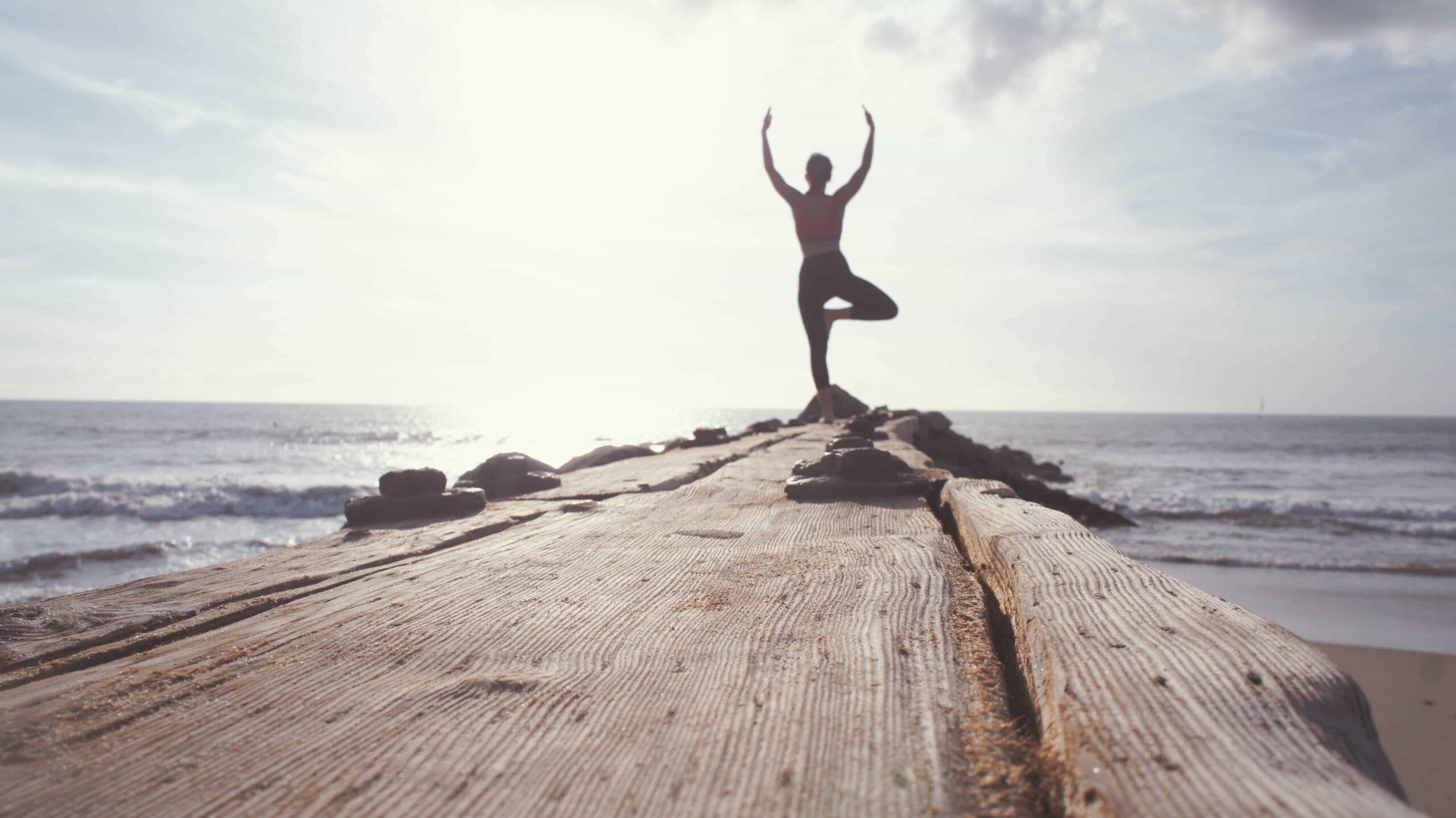Injured and trying to recover? Working your way through physical therapy? Trying to become a better and more explosive athlete? Chances are you’ve heard the term “range of motion” – but what does it mean, how do you improve it and what range of motion exercises can you do? We cover all that in this in-depth guide.
What is Range Of Motion?
Range of motion is a physical therapy term referring to the amount of movement around a specific joint or body part. It’s typically measured by a physical therapist or doctor when recovering from injury or inspecting bodily imbalances you may have in order to improve performance.
Why Listen to MoveWell
MoveWell is the best mobility and movement coaching app on the internet. Our certified movement trainers create custom routines to help improve mobility, range of motion, and overall movement so you can get stronger, recover faster and MoveWell. And, we’re trusted by thousands of users every month.
What Are The 3 Types of Range Of Motion?
The three types of range of motion are passive range of motion, active range of motion, and active assist.
Passive Range of Motion (PROM)
Passive range of motion is when someone is helping you to move your body part. This is typically done during the early stages of recovery or when testing your overall ROM.
A machine may also help move your body part around, but the key is that you (or the patient) is not using your muscles yourself to move the part.
Active Assist Range of Motion (AAROM)
Active assist range of motion is used when you’re able to somewhat move your body part or joint, but you need help in order to do so. This can be done by another person or a machine. This is done in order to prevent putting too much stress on the limb.
Active Assist Range of Motion is typically used where you can move the part on your own, but you need help to prevent further damage – usually after an initial round of healing has taken place.
Active Range of Motion (AROM)
Active range of motion is where you can move your body part freely on it’s own without outside help.
Why Is Range of Motion Important?
For Everyone – having an improved range of motion can help improve flexibility, reduce stress and most importantly + noticeably for most people – reduce pain. Many aches and pains are simply symptoms of poor range of motion, tight muscles resulting from hours of sitting every day.
For athletes – having an optimal range of motion allows you to be as strong and explosive as possible and can help prevent injuries.
Range of Motion Limitations
If you’re feeling limited in your range of motion – there may be a variety of culprits for this – including:
- Sports injuries
- Surgery
- Poor Body Mechanics
- Muscle Spasms
- Infections
- Swelling
- Inflammation
- Other poor health habits.
If you’re feeling limited in your range of motion, there are several exercises you can do to improve them and achieve less pain in your day-to-day life.
Shameless Plug Alert
Download the MoveWell iOS App Here
How To Improve Your Range of Motion
The best way to improve your range of motion is to work on it. This involves being consistent. You don’t have to hours of physical therapy every day, but even taking 5-10 minutes on a daily basis to work on your range of motion and body mechanics can help you reduce pain, feel better and perform optimally.
Range of Motion Exercises
- Head and neck exercises
- Shoulder and elbow exercises
- Forearm and wrist exercises
- Hand and finger exercises
- Hip and knee exercises
- Ankle and foot exercises
Additional Range of Motion Resources
If you’re looking for additional range of motion resources – here are some solid sources from around the web.
- https://www.verywellhealth.com/overview-range-of-motion-2696650
- https://en.wikipedia.org/wiki/Range_of_motion
- https://accessphysiotherapy.mhmedical.com/content.aspx?bookid=1472§ionid=86197210
- https://medlineplus.gov/ency/article/003173.htm



